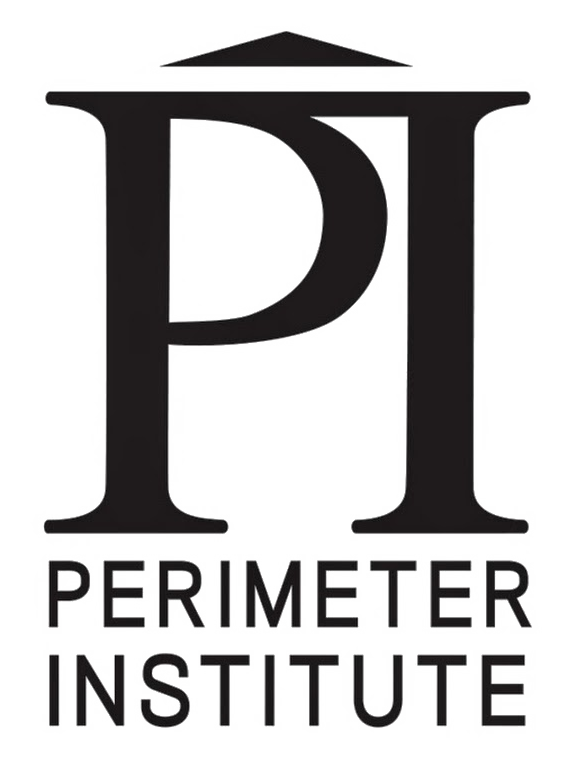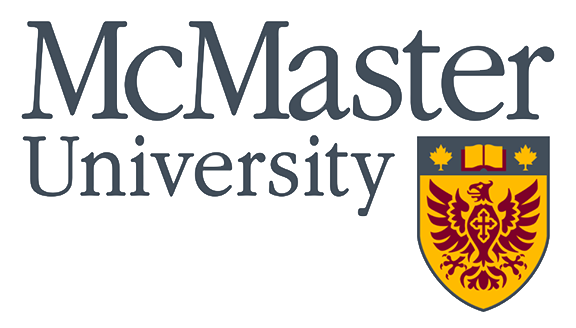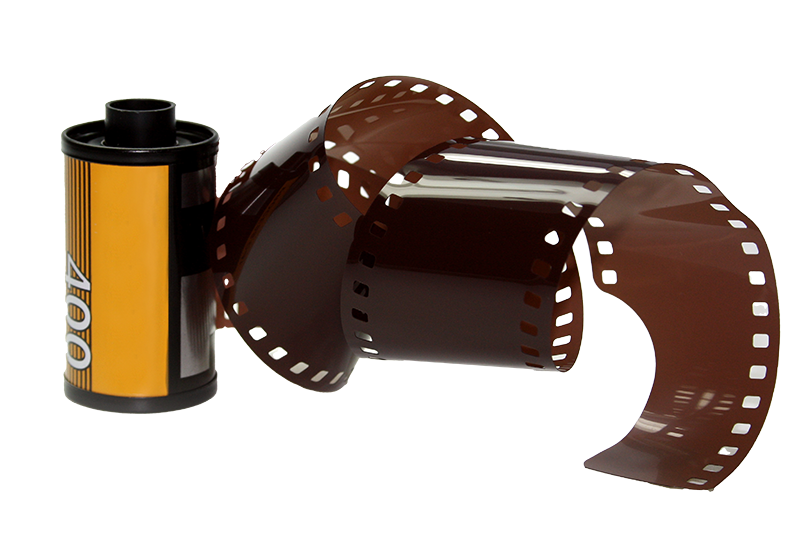
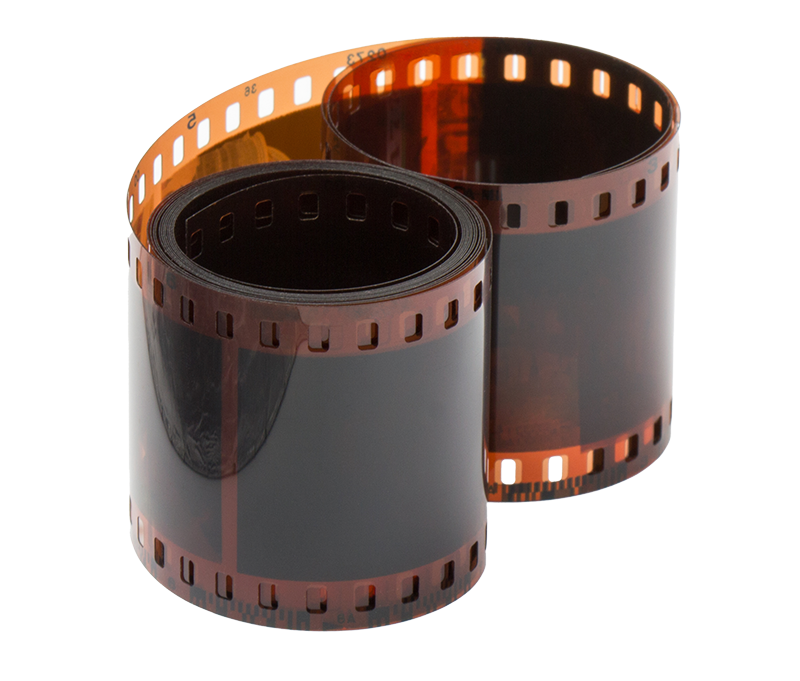
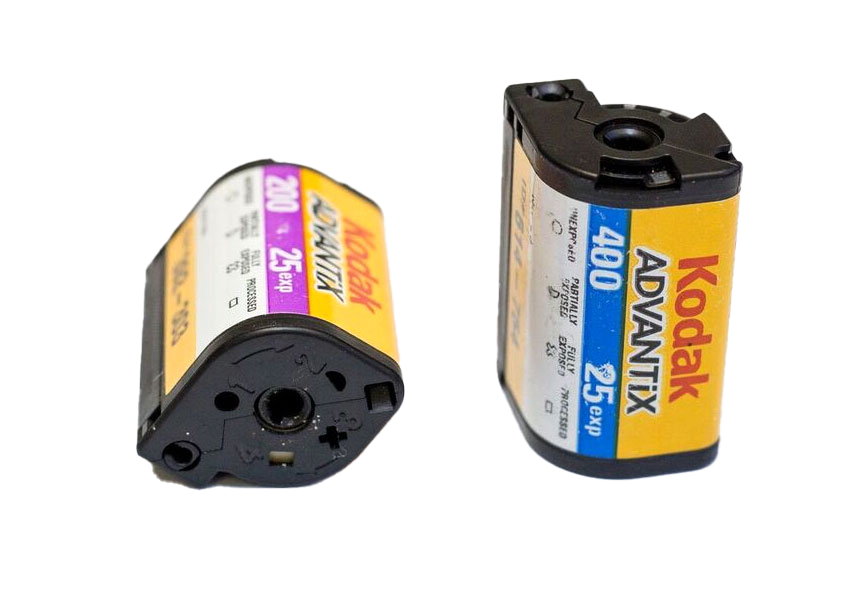
We scan your negatives to accessible files on a USB or External Hard Drive.
While, in recent years, photography has largely deviated from film, many of us will still recognize the dark brown/black plastic strips as the standard bearer for conventional photography, in the pre-digital age. While still in use, the process of digital photography has superseded the limitations presented by the physical media.
Photo film was available in a number of different sizes, though among consumers it was the 35mm that was most common. The film would be distributed in rolls that would be loaded into the camera body, and often provide a shot per frame (although double exposing the film was a common technique among professionals). Available in 12, 24, and 36 exposures per roll, once emptied, the roll would need to be pass through a development stage, which involved a chemical interaction in a darkroom in order to see what had been captured, or achieve a print.
As the master, negatives inherently offer a better yield for digitization than sourcing a physical print, with the ability to capture greater density in the image detail.
